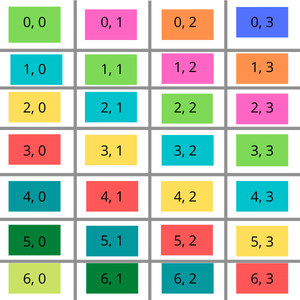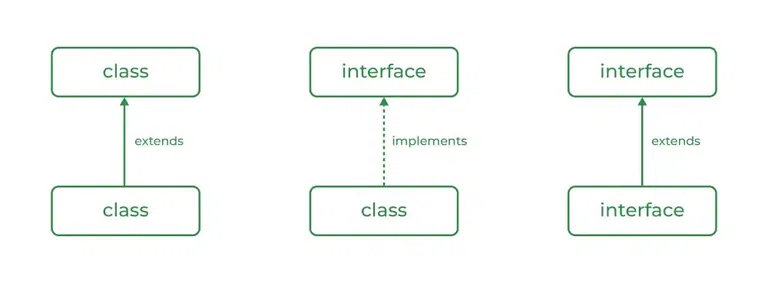
Detect Toeplitz Matrix: Easy Python Guide & Examples
Is your matrix a Toeplitz? Don't worry! This guide breaks down the Toeplitz matrix concept with Python examples, offering simple methods to determine if your matrix follows the diagonal-constant rule. Master this matrix property for coding interviews and data analysis!

What's a Toeplitz Matrix? (And Why Should You Care?)
A Toeplitz matrix, also known as a diagonal-constant matrix, has the same elements along each descending diagonal. This means that matrix[i][j] == matrix[i-1][j-1] for all elements within the matrix. Recognizing this pattern is useful in many domains, including:
- Signal Processing: Toeplitz matrices are crucial in analyzing linear time-invariant systems.
- Image Processing: Used in convolution operations and filter design.
- Data Compression: Employed in techniques like the Levinson-Durbin algorithm.
Let's explore how to identify them efficiently!
Method 1: Direct Diagonal Comparison (Simple but Effective)
This approach directly compares each element to the start of its diagonal.
Time Complexity: O(n*m) Space Complexity: O(1)
Here's how it works:
- Iterate through the first row and first column as starting points for diagonals.
- For each diagonal, compare all elements to the starting element.
- If any element doesn't match, it's not a Toeplitz matrix!
Method 2: Compare with the Top-Left Neighbor (Elegant and Concise)
This method simplifies the check by comparing each element with its top-left neighbor. Less verbose, more readable!
Time Complexity: O(n*m) Space Complexity: O(1)
Steps:
- Start from the second row and second column.
- Compare each element with
matrix[i-1][j-1]. - If there's a mismatch, the matrix is not Toeplitz.
Method 3: Using Hashing to Identify Diagonals (Advanced Approach)
This approach uses a hash map to store the first element of each diagonal.
Time Complexity: O(n*m) Space Complexity: O(number of diagonals) or O(m+n)
Steps:
- Calculate the "diagonal key" (row index - column index) for each element.
- Store the first encountered element for each key in a hash map.
- If a subsequent element on the same diagonal doesn't match the stored value, return
False.
Choosing the Best Method
- For simplicity and readability, the optimized comparison method (Method 2) is generally preferred.
- If space complexity is a major concern and you are working with extremely large matrices Direct Diagonal Comparison (Method 1) provides o(1) space complexity.
- The hashing method is useful for understanding diagonal properties, but its higher space complexity makes it less practical unless you are working on a distributed architecture.
Now you're equipped to conquer Toeplitz matrices! Use these methods to efficiently identify and utilize this special matrix structure in your projects.


-method.png)

